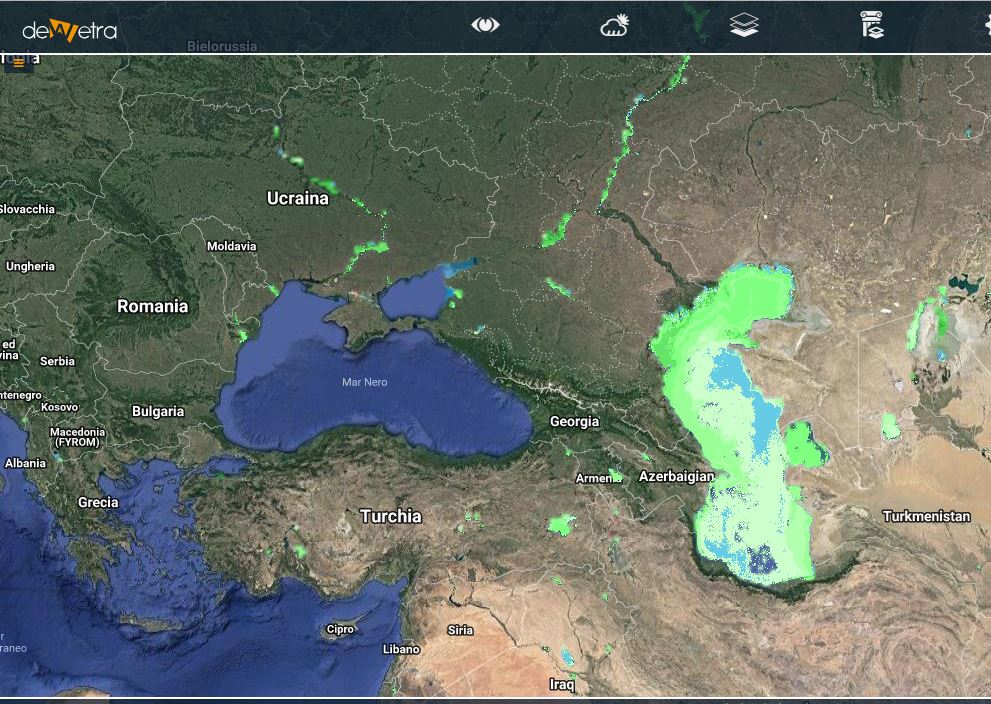Difference between revisions of "Copernicus LWQ(eng)"
(Created page with " [Home] - [Observations] <br/> {| class="wikitable" |- |style="background-color: orange;" |Layer name |style="background-color: orange;"|La...") |
|||
| (One intermediate revision by the same user not shown) | |||
| Line 8: | Line 8: | ||
|- | |- | ||
|Tag | |Tag | ||
| − | | | + | |Land Cover |
|- | |- | ||
|Folder | |Folder | ||
| Line 34: | Line 34: | ||
|- | |- | ||
|Available variables | |Available variables | ||
| − | | | + | |Turbidity, Trophic state |
|- | |- | ||
|Available accumulations | |Available accumulations | ||
Latest revision as of 10:51, 4 August 2022
| Layer name | Lake Water Quality (LWQ) | |
| Tag | Land Cover | |
| Folder | ||
| Source | Copernicus Global Land Service | |
| Description | Monitoring water quality in lakes and reservoirs is key in maintaining safe water for drinking, bathing, fishing and agriculture and aquaculture activities. Long-term trends and short-term changes are indicators of environmental health and changes in the water catchment area. Directives such as the EU's Water Framework Directive or the US EPA Clean Water Act request information about the ecological status of all lakes larger than 50 ha. Satellite monitoring helps to systematically cover a large number of lakes and reservoirs, reducing needs for monitoring infrastructure (e.g. vessels) and efforts.
The Lake Water Products (lake water quality, lake surface water temperature) provide a semi-continuous observation record for a large number (nominally 1,000) of medium and large-sized lakes, according to the Global Lakes and Wetlands Database (GLWD) or otherwise of specific environmental monitoring interest. Next to the lake surface water temperature that is provided separately, this record consists of three water quality parameters: The turbidity of a lake describes water clarity, or whether sunlight can penetrate deeper parts of the lake. Turbidity often varies seasonally, both with the discharge of rivers and growth of phytoplankton (algae and cyanobacteria).
The trophic state index is an indicator of the productivity of a lake in terms of phytoplankton, and indirectly (over longer time scales) reflects the eutrophication status of a water body. More info at: Copernicus LWQ documentation on line | |
| Screenshot | ||
| Properties | ||
| Available variables | Turbidity, Trophic state | |
| Available accumulations | ||
| Available interpolation algorithms | ||
| Available filters | ||
| Spatial aggregations |

